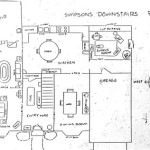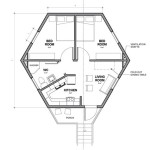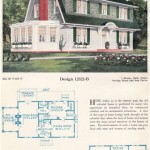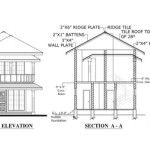Essential Considerations for Small Home Plans With Basements
Incorporating a basement into a small home plan offers numerous advantages. It expands your living space, provides additional storage, and can even increase the home's value. However, designing a small home with a basement requires careful planning to optimize space and ensure functionality.
1. Space Planning:
When designing a small home with a basement, space planning is paramount. Every square foot must be utilized efficiently to avoid feeling cramped. Consider the following tips:
- Utilize vertical space with built-in shelves, cabinetry, and mezzanines.
- Design multipurpose spaces that serve multiple functions, such as a guest room that doubles as a home office.
- Avoid unnecessary walls and partitions to create a more open and spacious feel.
2. Natural Lighting:
Basements are often associated with darkness, but adequate natural lighting is essential for creating a welcoming and livable space. Consider the following:
- Install large windows on exterior walls and utilize skylights to maximize natural light.
- Choose light colors for walls and ceilings to reflect light and brighten the space.
- Incorporate mirrors to reflect light and create the illusion of a larger space.
3. Ventilation and Humidity Control:
Basements can be prone to moisture and humidity issues. Proper ventilation and humidity control are crucial for maintaining a healthy environment:
- Install a dehumidifier to reduce excess moisture and prevent mold growth.
- Ensure proper airflow by installing ceiling fans and exhaust systems in bathrooms and laundry rooms.
- Consider using vapor barriers and airtight seals to prevent moisture from entering the basement.
4. Access and Accessibility:
The staircase leading to the basement should be well-designed and easy to use. Consider the following:
- Choose a location for the staircase that maximizes space utilization and provides convenient access.
- Install a wider staircase with non-slip treads to ensure safety and comfort.
- Provide adequate headroom for tall individuals and avoid sharp corners.
5. Basement Usage:
Determine the intended use of the basement before designing it. Consider the following common uses:
- Additional living space, such as a family room or home theater.
- Storage, such as a laundry room, workshop, or pantry.
- Guest bedroom, home office, or hobby room.
6. Utility Considerations:
Ensure that the basement has access to essential utilities, including:
- Electrical outlets and wiring.
- Plumbing for bathrooms and laundry.
- Heating and cooling systems.
7. Cost Implications:
Building a basement can increase the cost of your home, but it can also add value in the long run. Consider the following:
- The cost of excavation, foundation work, and waterproofing can be significant.
- Finishing the basement into a livable space will add to the expense.
- However, a finished basement can increase the square footage and value of your home.
By carefully considering these essential aspects, you can design a small home with a basement that maximizes space, enhances functionality, and creates a comfortable and livable environment.

Small Cottage Plan With Walkout Basement Floor

Small Cottage Plan With Walkout Basement Floor

Basement Floor Plans Types Examples Considerations Cedreo

Cottage House Plan With 3 Bedrooms And 2 5 Baths 3800

House Plans Floor W In Law Suite And Basement Apartement

Hillside And Sloped Lot House Plans

Basement Floor Plans How To Make A Good Plan For House Layout

Small Basement Layout Home Floor Plans

Basement Floor Plans Types Examples Considerations Cedreo

Stylish And Smart 2 Story House Plans With Basements Houseplans Blog Com








